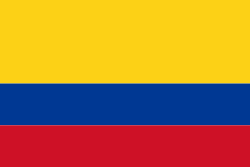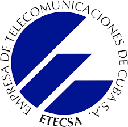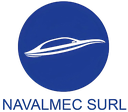Executive Secretary

21st International Symposium on Electrical Engineering
SIE 2025
Abstract
Access to water in rural and agricultural areas is a fundamental condition for ensuring food security. However, the scarcity of potable water in many regions around the world remains a persistent obstacle to the sustainable development of these activities. This situation highlights the need for technological alternatives that can compensate for this shortage through non-conventional water harvesting sources. The proposed system integrates Peltier cells to generate a thermal differential which, supported by heat sinks, enables the reduction of surface temperature below the dew point, thereby facilitating the condensation of water vapor present in the surrounding air. Since this process can involve high energy consumption, the integration of sensors and IoT is proposed to regulate the system's operation based on real-time climatic conditions, thus optimizing both energy efficiency and water capture. Although the project is still under development, current prototypes have successfully captured up to 3 ml/h of water under controlled conditions, demonstrating its technical feasibility. This progress supports the development of an intelligent, adaptable, and energy-efficient atmospheric water harvesting system, capable of addressing water scarcity in agricultural environments such as aeroponic crops, through clean and autonomous technologies.
Resumen
El acceso al agua en zonas rurales y agrícolas representa una condición fundamental para garantizar la seguridad alimentaria. No obstante, la escasez de agua potable en múltiples regiones del mundo continúa siendo un obstáculo persistente para el desarrollo sostenible de estas actividades. Esta situación evidencia la necesidad de alternativas tecnológicas que permitan suplir esta carencia mediante fuentes no convencionales de captación hídrica. El sistema propuesto integra celdas de Peltier para generar un diferencial térmico que, con el apoyo de disipadores, permite reducir la temperatura por debajo del punto de rocío, facilitando la condensación del vapor de agua presente en el ambiente. Dado que este proceso puede implicar un alto consumo energético, se propone integrar sensórica e IoT para ajustar el funcionamiento del sistema según las condiciones climáticas reales, optimizando así la eficiencia energética y la captación. Aunque el proyecto aún se encuentra en desarrollo, los prototipos actuales han logrado captar hasta 3 ml/h de agua en condiciones controladas, lo que demuestra su viabilidad técnica. Este avance permite proyectar un sistema de captación de agua inteligente, adaptable y energéticamente sostenible, capaz de responder a la escasez hídrica en entornos agrícolas como cultivos aeropónicos, mediante tecnologías limpias y autónomas.
About The Speaker

Mateo Mejía

Discussion


 Bronze
Bronze